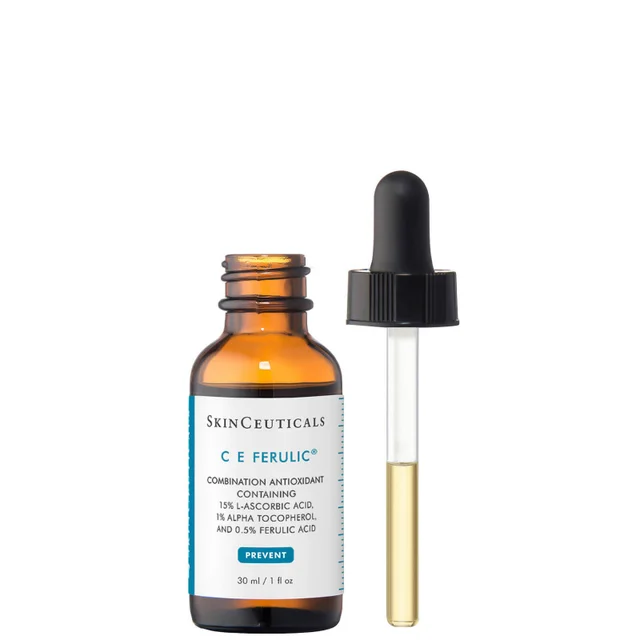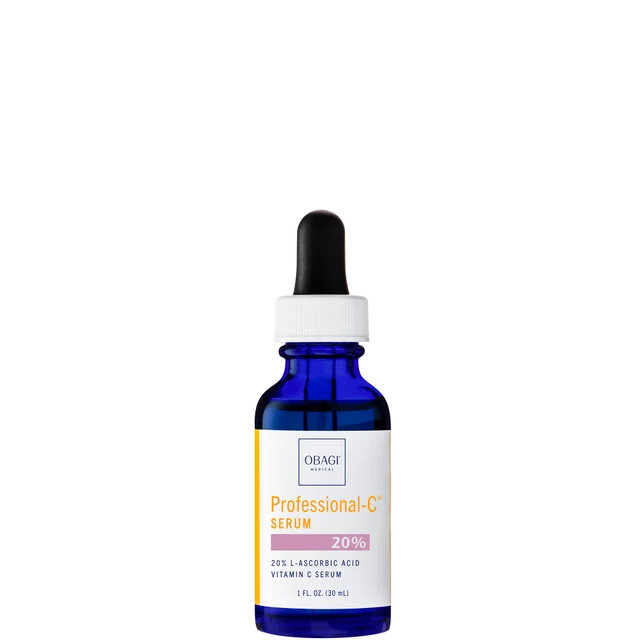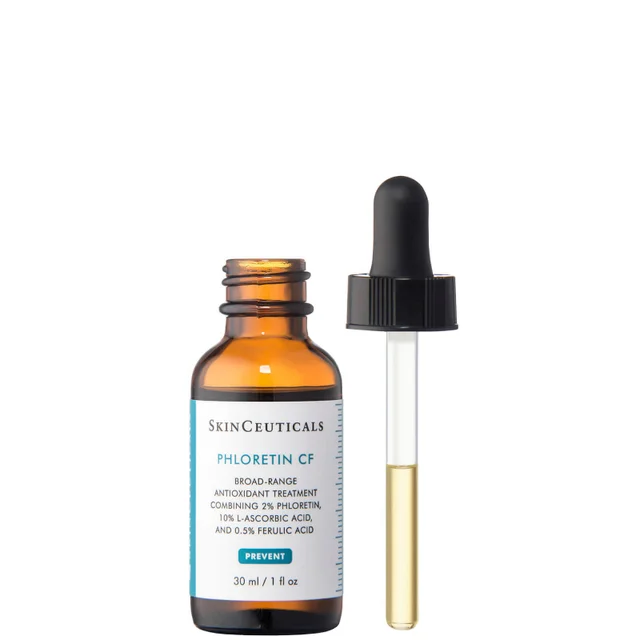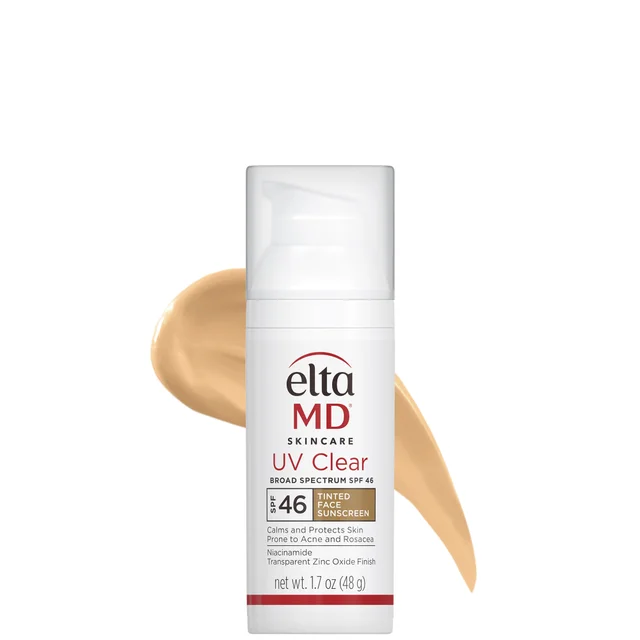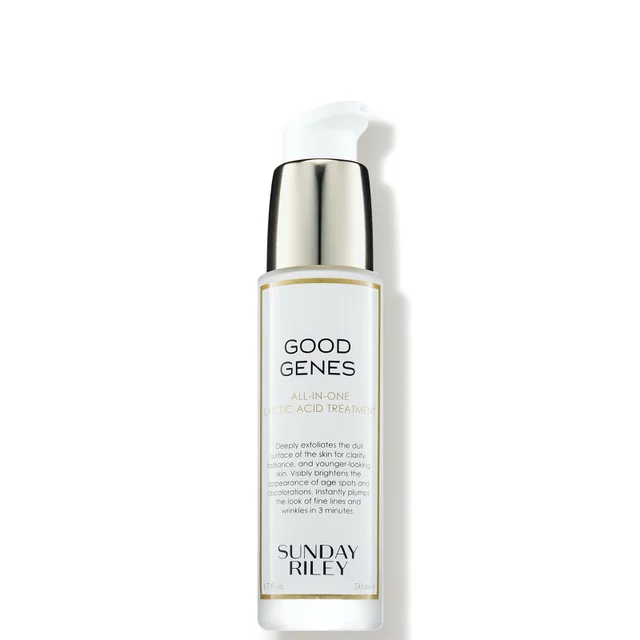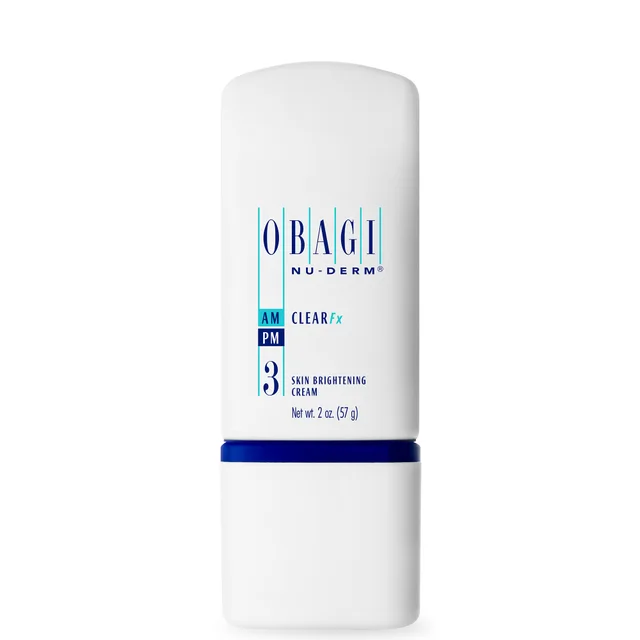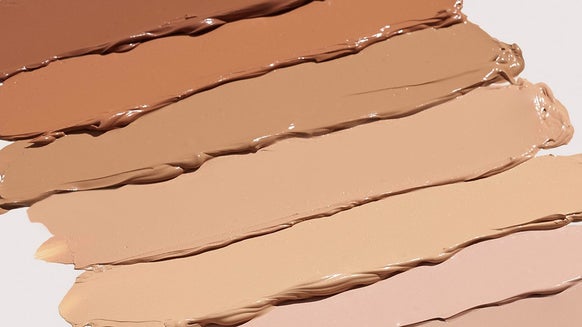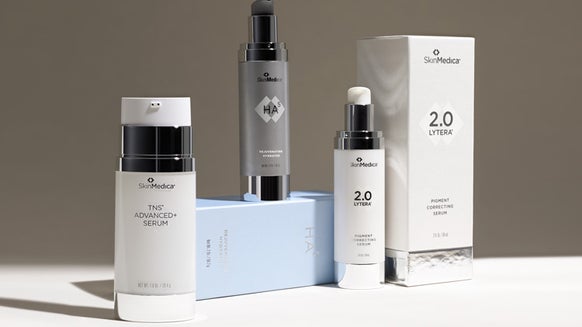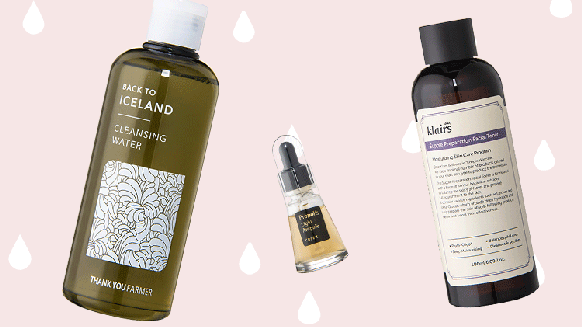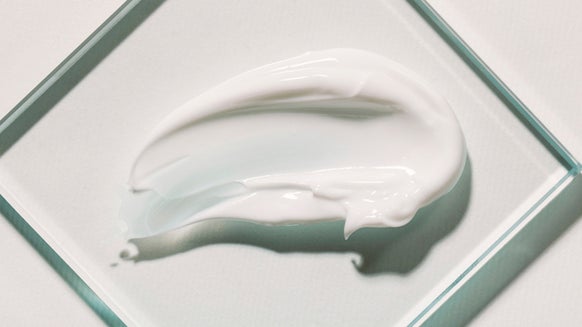The Differences Between Hyperpigmentation and Hypopigmentation
In the world of skin spots, color matters not—we're all susceptible to spotting, dark or light, it stands out from our usual skin tones. You may notice a sunspot or two on the back of your hand, a dark smudge you've had since birth, blotchy patches on your face or even widespread discoloration. No matter where your spots crop up, identifying what type of skin issue you have will help you track down the right treatment for you.
How It Works
All the color in your skin comes from pigment-producing cells, which constantly create and manage pigment levels. In skin with dark hyperpigmentation marks, those cells are much more active than they ought to be. They may produce more pigment or cluster more pigment together in one area than is normal for the rest of your skin. When you see light-colored, hypopigmentation marks on your skin, the cells are either less active than normal—falling down on their job, so to speak—or are fewer in number than normal.
Dark Marks and Sun Spots
If you're looking at dark patches in the mirror, post-inflammatory hyperpigmentation is probably the culprit. Acne, psoriasis, trauma, skin irritation and some medications trigger an immune system response in skin, causing it to redden and swell. Pigment-producing cells jump into action from all the stimulation, and when the inflammation fades, dark spots remain. You can also get progressively hyperpigmented spots on the face and forearms during pregnancy or oral contraceptive use because hormonal changes can also affect pigment production. Freckles and dark birthmarks are also technically hyperpigmentation, although you may not wish to seek treatment for them.
Pale White Patches
Unlike dark spots, pale or white spots indicate a lack of activity among pigment-producing cells. In some cases, as with the disease vitiligo and its sharply defined pale patches, the immune system accidentally attacks and destroys pigment-producing cells. The disorder is progressive—patches look pale at first, and gradually get whiter. Sometimes the color loss spreads to the hair. Hypopigmentation can also show up after inflammation, infection and overexposure to sunlight interrupt pigment production.
Cosmetic Concerns
Hyperpigmentation and hypopigmentation are both benign skin conditions. If the colors are close to your regular skin tone, you may not even notice the patches at all until you spend a day in the sun, accidentally punching up the contrast between the two colors. Starker differences, however, may send you searching for concealing cosmetics to blend the spots in with your original coloring. If makeup isn't enough to make you feel comfortable in your own skin, you can also restore your skin to a more even-toned complexion with treatments that target the different causes of hyperpigmentation and hypopigmentation.
Skin Spot Treatments
Retinoids, hydroquinone, azelaic acid, glycolic acid peels and laser therapy can all lessen the look of post-inflammatory hyperpigmentation by helping regulate pigment production in the treated areas. Similarly, pregnancy-related patches respond to the triple therapy punch of hydroquinone, fluocinonide and tretinoin. Other dark spots may respond to chemical peels or cryotherapy, performed by a dermatologist. Light spots, on the other hand, may need topical steroids or UV light therapy to stimulate pigment production.
This article has been reviewed by board-certified dermatologist Dr. Emmy Graber.

From the latest hair and makeup trends to the best solutions for your skin issues, we've got all your beauty concerns covered!
